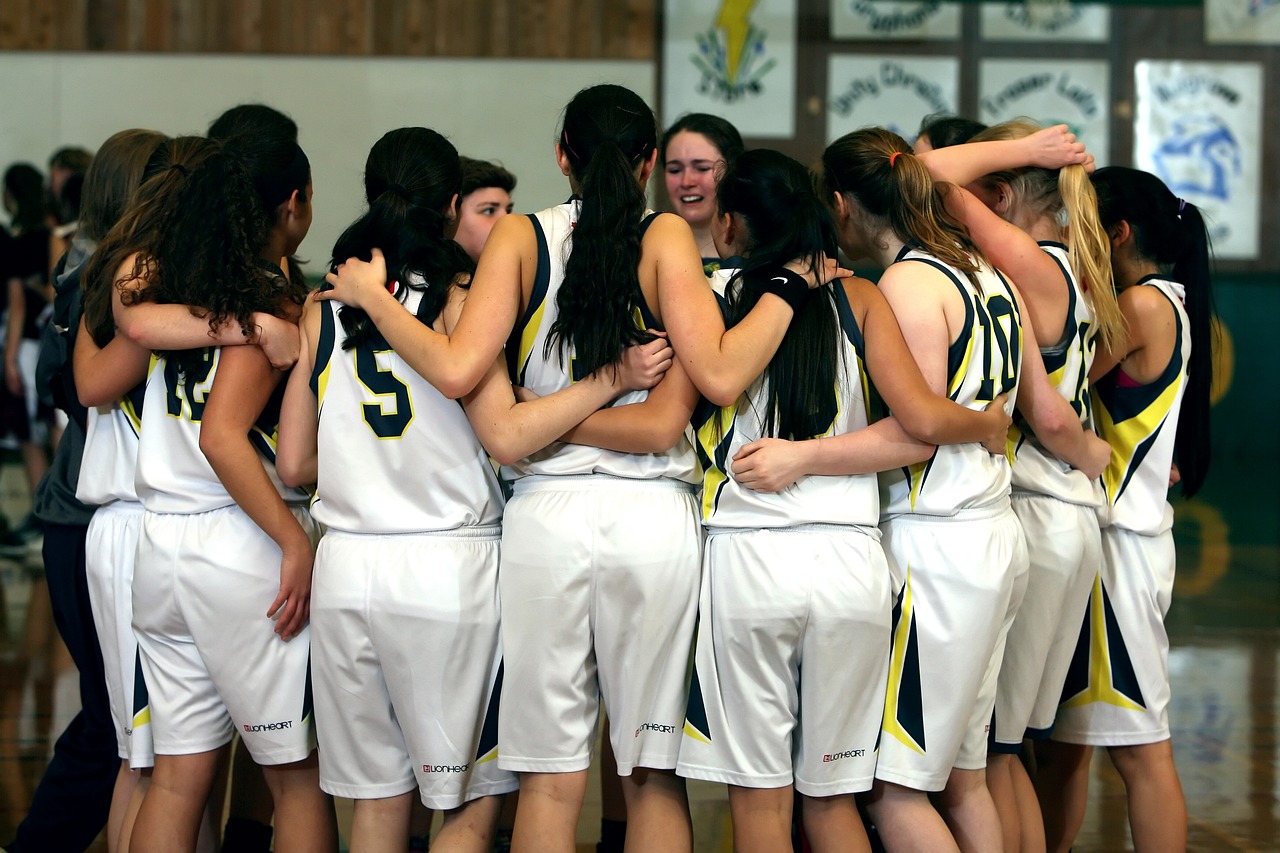High school sports offer numerous benefits, from physical fitness to teamwork and discipline. However, the pressure to perform, both academically and athletically, can lead to a less-discussed issue: athlete burnout. This phenomenon is increasingly recognized as a significant problem, affecting young athletes’ mental and physical well-being. Let’s explore the reality of athlete burnout in high school sports and how we can address it.
What is Athlete Burnout?
Athlete burnout is a state of chronic physical and emotional exhaustion, often accompanied by a reduced sense of accomplishment and devaluation of sport. It typically arises from prolonged stress, overtraining, and unrealistic expectations. Burnout can manifest in various ways, including decreased performance, loss of interest in sports, and physical symptoms such as frequent injuries and fatigue.
Research indicates that burnout is a common issue among high school athletes. A study published in the Journal of Athletic Training found that approximately 30% of high school athletes reported experiencing symptoms of burnout during their sports careers . The intense demands of training, competition, and balancing academics can overwhelm young athletes, leading to this high prevalence.
Factors Contributing to Athlete Burnout
Several factors contribute to the development of burnout in high school athletes:
- High Expectations and Pressure to Perform: Athletes often face immense pressure from coaches, parents, and themselves to excel. This pressure can stem from the desire for college scholarships, professional careers, or simply to meet personal or external expectations.
- Overtraining and Lack of Recovery: Intense training schedules, often combined with schoolwork, leave little time for rest and recovery. The American Academy of Pediatrics warns that inadequate rest increases the risk of injuries and can contribute to burnout .
- Specialization in One Sport: Focusing on a single sport year-round can lead to physical and psychological fatigue. According to the American Medical Society for Sports Medicine, sport specialization before puberty is associated with higher rates of burnout and overuse injuries .
- Lack of Enjoyment and Autonomy: When sports become more about competition and less about enjoyment, athletes may lose the intrinsic motivation that once drove them. This lack of enjoyment, coupled with a lack of control over their sports experience, can lead to burnout.
The Impact of Burnout on High School Athletes
The consequences of athlete burnout extend beyond the sports arena. Burnout can lead to mental health issues such as anxiety, depression, and decreased self-esteem. Physically, it can increase the risk of injuries and negatively impact an athlete’s overall health. Additionally, burnout can lead to dropout from sports altogether, which means missing out on the benefits of physical activity and social engagement that sports provide.
Strategies for Preventing and Managing Burnout
- Promote Balance and Rest: Coaches, parents, and athletes themselves should prioritize adequate rest and recovery. This includes encouraging multi-sport participation and allowing time off from training to prevent physical and mental exhaustion.
- Foster a Positive Environment: Creating a supportive and positive sports environment can help reduce the pressure athletes feel. Emphasizing personal growth, effort, and enjoyment over winning can foster a healthier sports culture.
- Encourage Open Communication: Athletes should feel comfortable discussing their feelings and concerns with coaches and parents. Open communication can help identify early signs of burnout and allow for timely intervention.
- Provide Mental Health Resources: Access to mental health resources, such as counseling or stress management programs, can support athletes in coping with the demands of sports and academics.
- Educate on the Signs of Burnout: Awareness is key. Educating athletes, coaches, and parents about the signs and risks of burnout can lead to earlier recognition and intervention.
Athlete burnout is a pressing issue in high school sports that requires attention and action. By understanding the causes and impacts of burnout, we can create a more supportive environment that prioritizes the well-being of young athletes. Ensuring a balanced approach to training, promoting positive sports culture, and providing mental health resources are essential steps in addressing and preventing athlete burnout.
XperienceFusion not only offers our REVITALIZE and FUSION performance training to corporate groups, but works closely with athletic teams to provide a tailored solution for building stronger culture, boosting mental-health outcomes and leveling-up your team’s performance. Learn more at: www.xperiencefusion.com
References:
- Journal of Athletic Training. “Prevalence of Burnout in High School Athletes.”
- American Academy of Pediatrics. “Sports Medicine: Burnout, Overtraining, and Overuse Injuries in Child and Adolescent Athletes.”
- American Medical Society for Sports Medicine. “Youth Sport Specialization: Position Statement.”




